REAPING BENEFITS OF TECHNOLOGICAL REVOLUTION

Advanced technologies such as the internet of things, artificial intelligence, and additive manufacturing are proving to be a boon for the manufacturing industry, bringing in benefits including reduction in the cost of production, downtime, and errors, and improvement in the speed of operations. The case in point is a testimony to how IIoT-enabled metal processing machines can prove themselves crucial with their multitude of advantages.
Industry 4.0, as many would already know is the current phase of an Industrial transformation (IX), which interconnects – through the use of the internet – people, processes, and machines.
Here an attempt is made to present a case wherein a metal processing machine such as a Cut to Length (CTL) machine fitted with Industrial IoT devices helped reduce downtime of that machine. First, we start with understanding how much does it cost in case such a machine goes down for unplanned reasons. Then we generalize the concept to understand the impact of machine downtime in a real scenario. From the calculations deduced in the article, we arrive at an hourly downtime cost and then extrapolate the same on a real-world case to arrive at the total cost of downtime in that scenario. CTL machines play an important role in multiple sectors including Aerospace, Automotive and Consumer Goods. In general, these machines’ primary function is to take a coiled flat metal roll, decoil the roll, level it and cut it to desired lengths. These operations are performed semi-automatically or automatically. Most new machines are automatic, with complex control electronics for precision motion and hydraulic control.
First, we start with understanding how much does it cost in case such a machine goes down for unplanned reasons. Then we generalize the concept to understand the impact of machine downtime in a real scenario. From the calculations deduced in the article, we arrive at an hourly downtime cost and then extrapolate the same on a real-world case to arrive at the total cost of downtime in that scenario. CTL machines play an important role in multiple sectors including Aerospace, Automotive and Consumer Goods. In general, these machines’ primary function is to take a coiled flat metal roll, decoil the roll, level it and cut it to desired lengths. These operations are performed semi-automatically or automatically. Most new machines are automatic, with complex control electronics for precision motion and hydraulic control.
Real-world scenario
At a site in a remote place, the machine was down because the machine pressure wasn’t building up. The machine operator needed support from the OEM to bring the machine back to operational state. Normally, this would have meant, someone from the OEM’s team travels to the site and bring the machine back to the operational state. However, this being a remote site, the journey alone would take at least a day. That implies that the machine has to be down until that time.
To understand the commercial aspects of the machine’s operations and downtimes in this case, let’s consider the following machine and material properties (refer Table 1).
This was a unit that operated in 3 shifts. This means the machine would not have been available for at least 24 hours of the planned production time. From the equations discussed above, we deduced that an hourly downtime cost would be approximately `18,306 (~US$ 250) for the machine and material properties we chose.
As new technologies are being made available, MSMEs should come
forward to adopt them and stay competitive in the global manufacturing landscape.
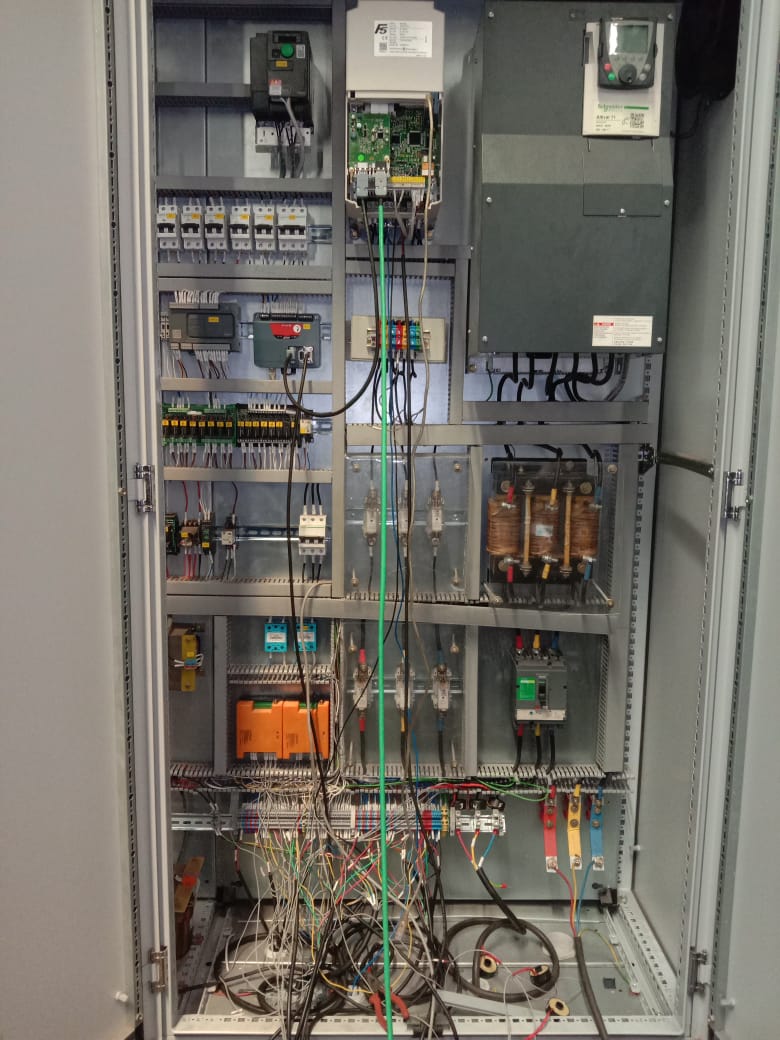 Now, with a 24 hours downtime, the cost of the downtime would be significantly high, nearly 24 times the hourly cost in this case.Now that the machine had already been fitted with an IIoT System, the concerned OEM Engineer only had to login remotely and observe the machine’s data. It was a matter of minutes to root cause the problem to an incorrect usage of the machine (inadequate filling of pressure in the hydraulic system’s power pack). Only with the telephonic support, it was possible to bring the machine back up to full availability.From the above discussion, it is evident that in comparison to the investment made on IoT system for Remote Machine Monitoring, the returns are significantly high.
Now, with a 24 hours downtime, the cost of the downtime would be significantly high, nearly 24 times the hourly cost in this case.Now that the machine had already been fitted with an IIoT System, the concerned OEM Engineer only had to login remotely and observe the machine’s data. It was a matter of minutes to root cause the problem to an incorrect usage of the machine (inadequate filling of pressure in the hydraulic system’s power pack). Only with the telephonic support, it was possible to bring the machine back up to full availability.From the above discussion, it is evident that in comparison to the investment made on IoT system for Remote Machine Monitoring, the returns are significantly high.
If we extrapolate and look further, in the context of machinery driven industries, following are some of the field level leverages with deploying IIoT infrastructure:
• Optimal utilization and performance of machinery at all times0;
• Remote diagnostic and customer support;
• Remote configurations or re-configurations of machines to suit production requirements;
• Advanced diagnostics for quicker (real-time on the edge) or proactive maintenance;
• Remote machine operations;
• Automation of routine tasks; at a more advanced level entities can also benefit from complete autonomous operations with adaptive tuning of set points.At a business level, these advantages translate into:
• For OEMs: Enhanced customer service, reduced machine-making cost and improvment in performance and time to ROI.
• For manufacturers: Utilizing machines that are IIoT-enabled or i4.0 compliant can effectively reduce maintenance, operational and labor costs, even occupied real estate cost.


From the discussion, it is evident that in comparison to the investment made on IoT system
for Remote Machine Monitoring, the returns are significantly high.
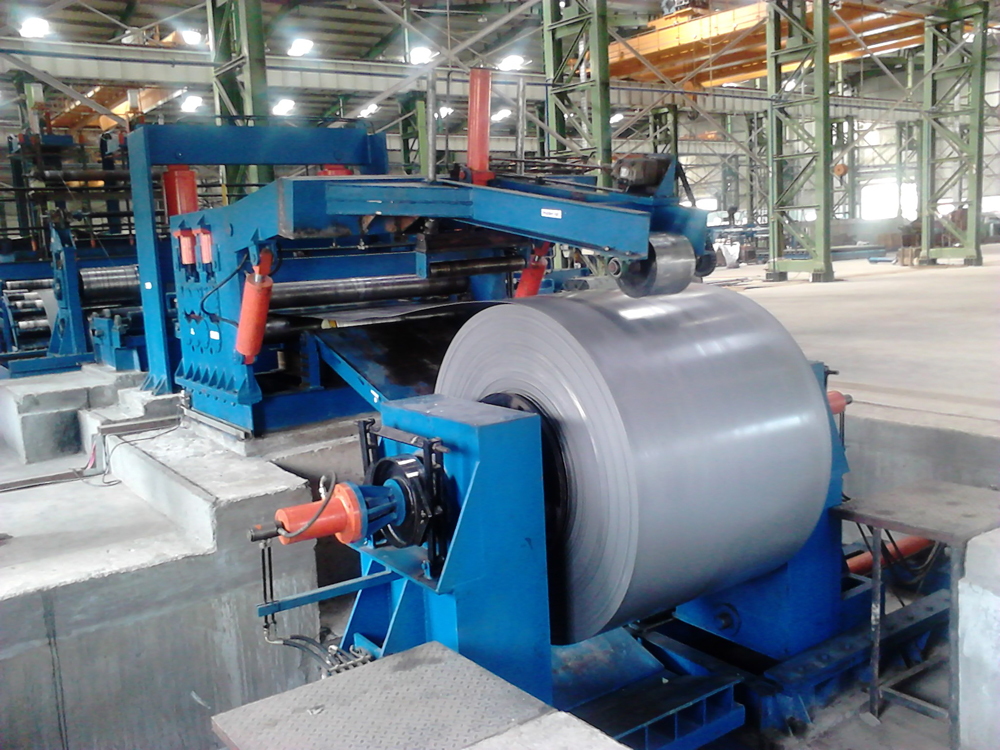 |
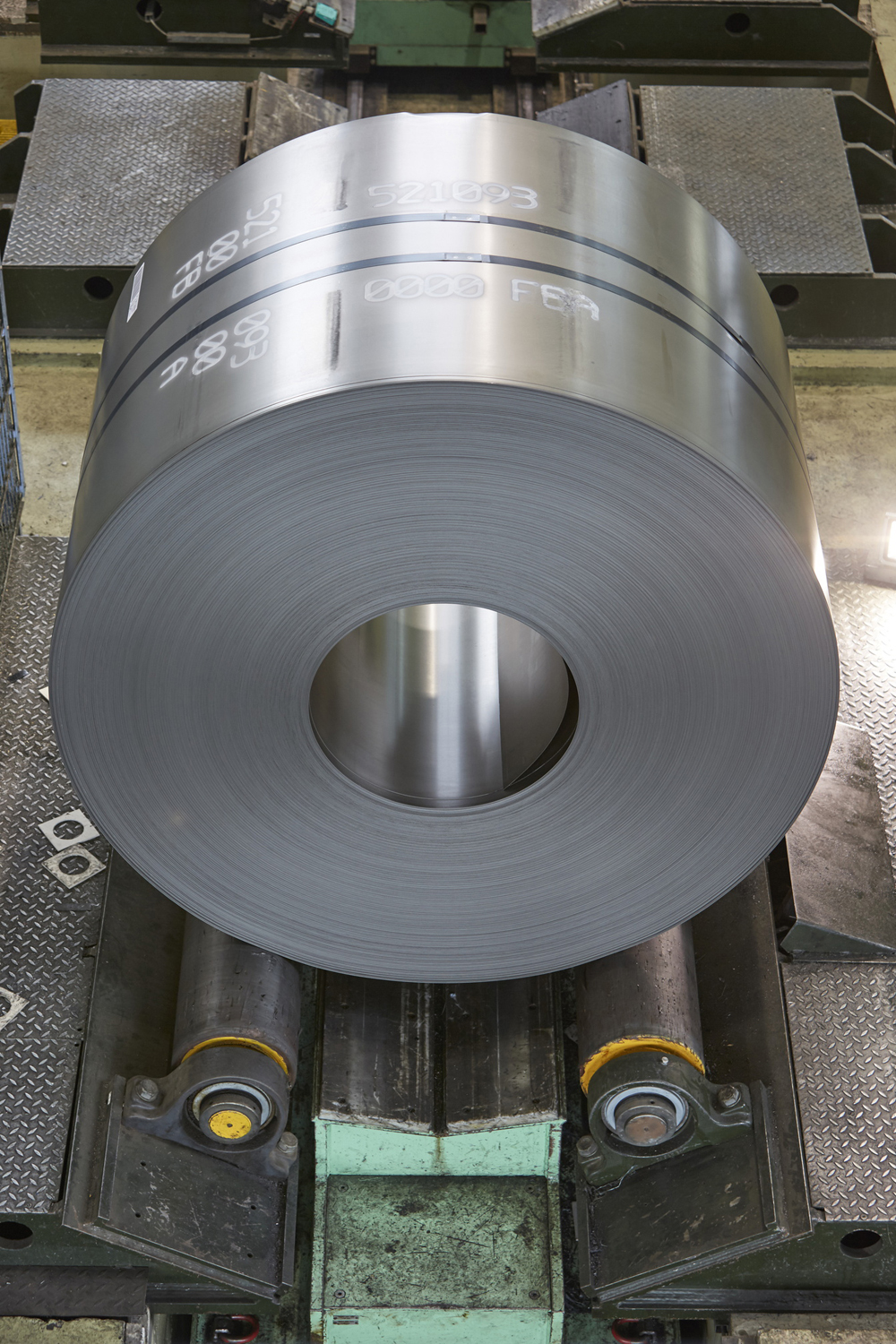 |
 |
Resistance exists
Though the benefits are obvious, at the moment, it is an observation that most prospective beneficiaries of IoT in the industrial sector still feel that IIoT infrastructure is a good-to-have system rather than a need-to-have system. In general, the concept is appreciated, but some do not see it as an urgent need. It could be possible that these challenges are due to:
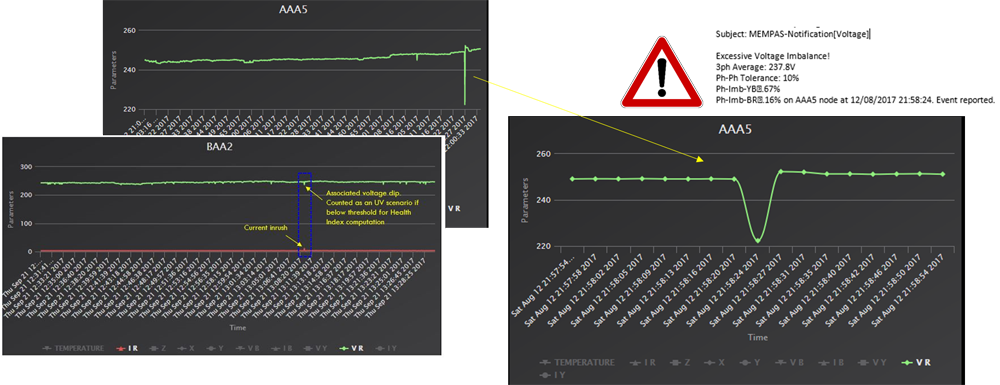
Though the benefits are obvious, it is an observation that most prospective beneficiaries of IoT in the
industrial sector still feel that IIoT infrastructure is a good-to-have system rather than a need-to-have system.
• Lack of awareness of the benefits of an IoT system;
• Reluctance to invest on something new that may not show immediate returns;
• A perception that implementing an IoT system could have incrementally increasing and recurring costs.
For any reason, incremental implementation such as the stages described below could be a reasonable guidance to enhance digital maturity of existing MSMEs operations:
• Stage 1: Understand the benefits and set up an appropriate IIoT infrastructure to digitize relevant data locally or remotely;
• Stage 2: Pre-process the data and establish a data visualization, reporting and alerting system that is accessible securely from anywhere;
• Stage 3: Remotely perform basic machinery or equipment operations or set operating points in process control equipment;
• Stage 4: Identify and automate routine tasks;
• Stage 5: Advanced analytics for abnormality detection on real-time or historical data for prediction and forecasting.
• Stage 6: Adaptive, autonomous control and operations of complete machines and production cycles.
Note that the time taken for each stage could vary from a few days to a few months based on the end application and environment. A more stable, reliable IIoT infrastructure leads to the gathering of good quality data which, in turn, facilitates quicker information extraction. Since the process of setting up and gathering appropriate data is iterative, it is better to start early. The more it is delayed, the more time it takes to start seeing benefits or staying competitive in an increasingly disruptive environment.
With a supportive eco-system, an educated and motivated workforce and, more importantly, the fact that majority of the beneficiaries reside in this part of the world, it is only natural that the next industrial revolution will be led by India and China.
As new technologies are being made available, MSMEs should come forward to adopt them and stay competitive in the global manufacturing landscape.
A more stable, reliable IIoT infrastructure leads to the gathering of good quality
data which, in turn, facilitates quicker information extraction.
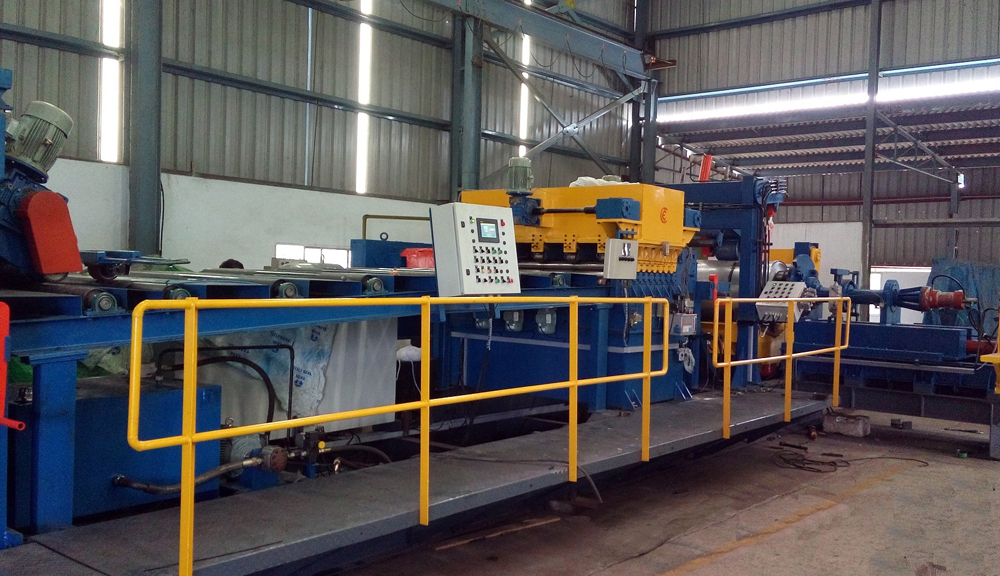
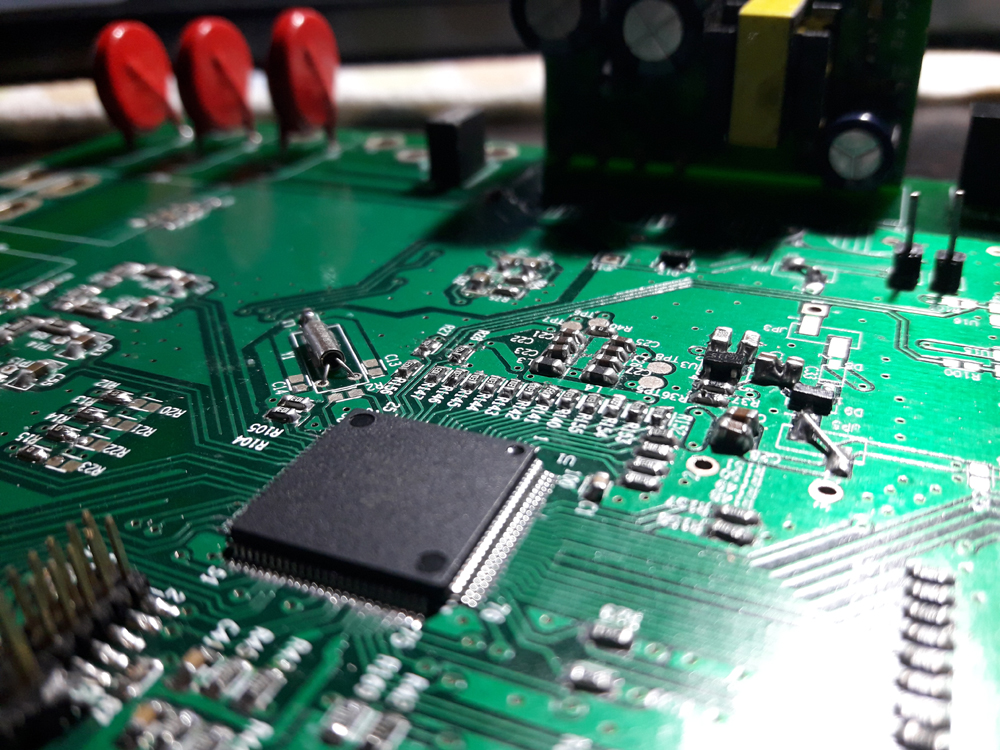
The author thanks Cartel Engineers Pvt Ltd for facilitating the case study.

ARVIND REDDY MARAM
Director
yzThings Technologies Pvt Ltd
arvind.maram@yzthings.com



 Facebook
Facebook.png) Twitter
Twitter Linkedin
Linkedin Subscribe
Subscribe